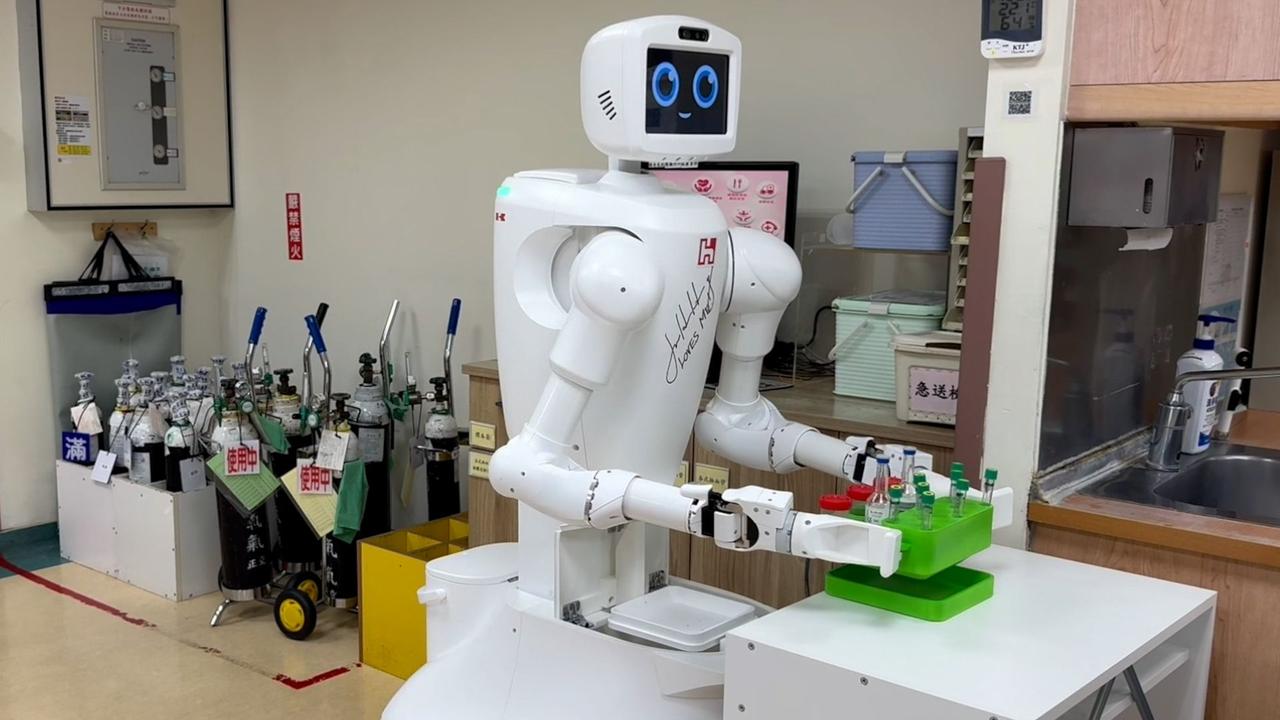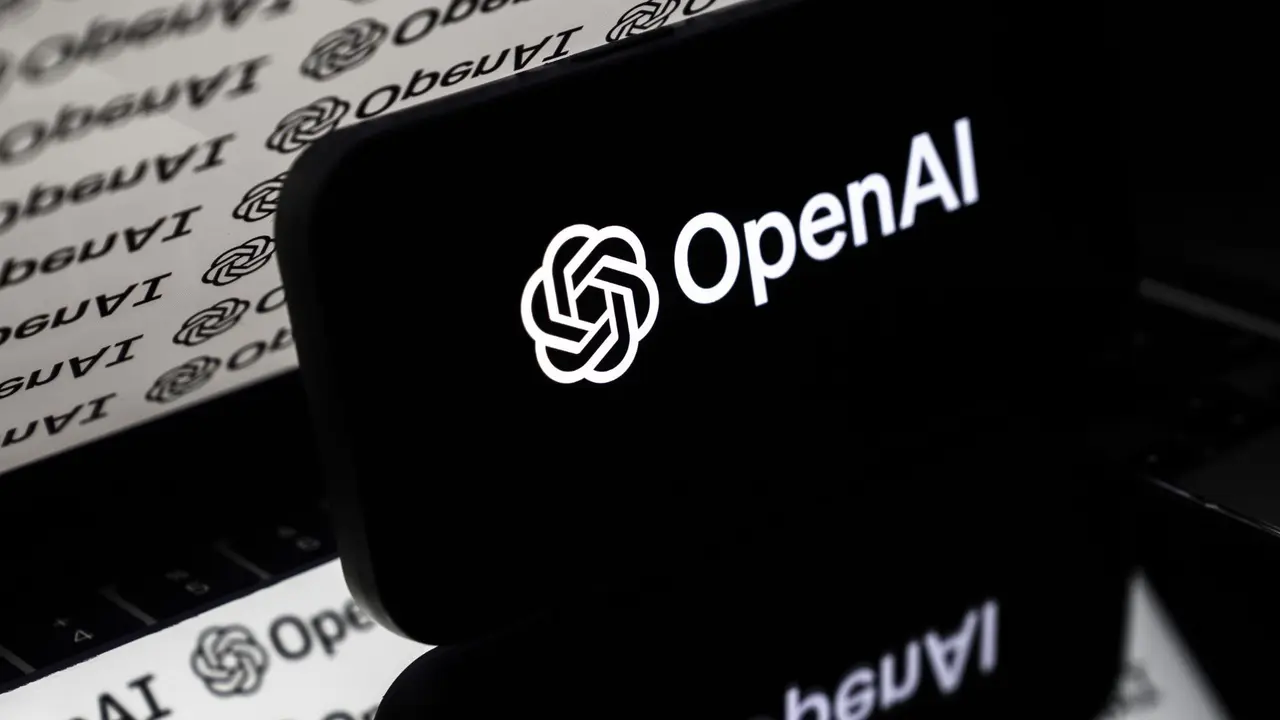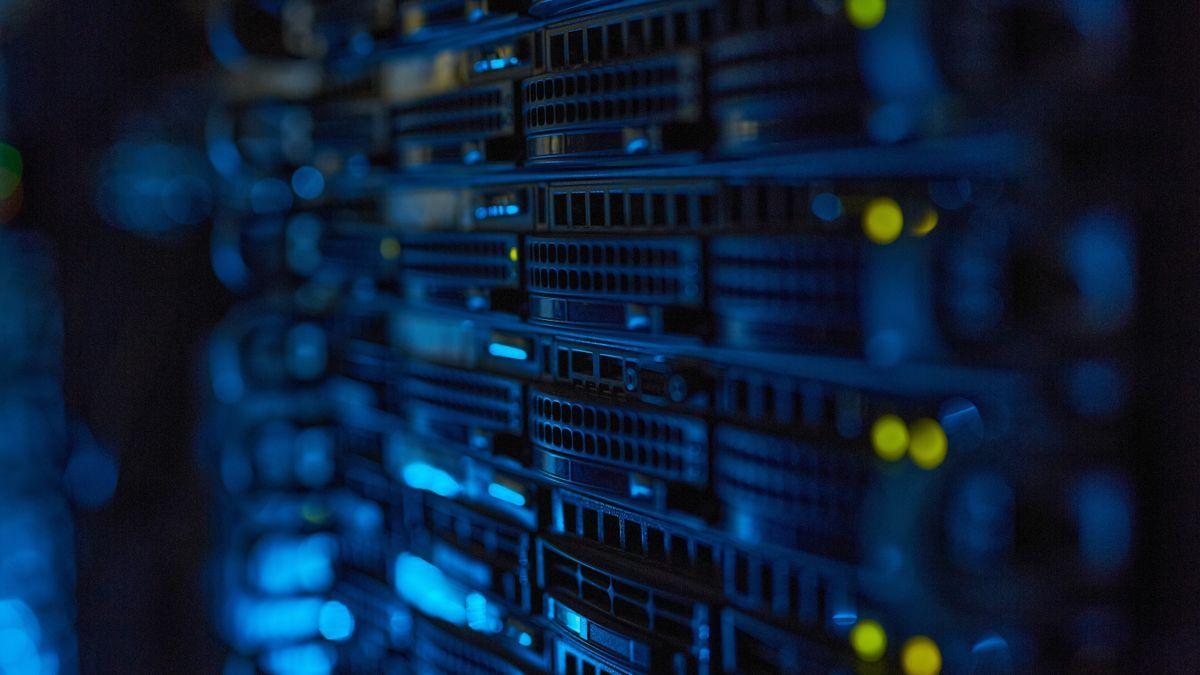Japan Leads AI Revolution in Healthcare: From Drug Discovery to Robotics
2 Sources
2 Sources
[1]
Lab Confidential: Japan Research Keeps Healthcare Data Secure
A subsidiary of Mitsui & Co. aims to accelerate drug discovery with powerful models built on data sets shared safely thanks to the NVIDIA AI platform. Established 77 years ago, Mitsui & Co stays vibrant by building businesses and ecosystems with new technologies like generative AI and confidential computing. Digital transformation takes many forms at the Tokyo-based conglomerate with 16 divisions. In one case, it's an autonomous trucking service, in another it's a geospatial analysis platform. Mitsui even collaborates with a partner at the leading edge of quantum computing. One new subsidiary, Xeureka, aims to accelerate R&D in healthcare, where it can take more than a billion dollars spent over a decade to bring to market a new drug. "We create businesses using new digital technology like AI and confidential computing," said Katsuya Ito, a project manager in Mitsui's digital transformation group. "Most of our work is done in collaboration with tech companies -- in this case NVIDIA and Fortanix," a San Francisco based security software company. In Pursuit of Big Data Though only three years old, Xeureka already completed a proof of concept addressing one of drug discovery's biggest problems -- getting enough data. Speeding drug discovery requires powerful AI models built with datasets larger than most pharmaceutical companies have on hand. Until recently, sharing across companies has been unthinkable because data often contains private patient information as well as chemical formulas proprietary to the drug company. Enter confidential computing, a way of processing data in a protected part of a GPU or CPU that acts like a black box for an organization's most important secrets. To ensure their data is kept confidential at all times, banks, government agencies and even advertisers are using the technology that's backed by a consortium of some of the world's largest companies. A Proof of Concept for Privacy To validate that confidential computing would allow its customers to safely share data, Xeureka created two imaginary companies, each with a thousand drug candidates. Each company's dataset was used separately to train an AI model to predict the chemicals' toxicity levels. Then the data was combined to train a similar, but larger AI model. Xeureka ran its test on NVIDIA H100 Tensor Core GPUs using security management software from Fortanix, one of the first startups to support confidential computing. The H100 GPUs support a trusted execution environment with hardware-based engines that ensure and validate confidential workloads are protected while in use on the GPU, without compromising performance. The Fortanix software manages data sharing, encryption keys and the overall workflow. Up to 74% Higher Accuracy The results were impressive. The larger model's predictions were 65-74% more accurate, thanks to use of the combined datasets. The models created by a single company's data showed instability and bias issues that were not present with the larger model, Ito said. "Confidential computing from NVIDIA and Fortanix essentially alleviates the privacy and security concerns while also improving model accuracy, which will prove to be a win-win situation for the entire industry," said Xeureka's CTO, Hiroki Makiguchi, in a Fortanix press release. An AI Supercomputing Ecosystem Now, Xeureka is exploring broad applications of this technology in drug discovery research, in collaboration with the community behind Tokyo-1, its GPU-accelerated AI supercomputer. Announced in February, Tokyo-1 aims to enhance the efficiency of pharmaceutical companies in Japan and beyond. Initial projects may include collaborations to predict protein structures, screen ligand-base pairs and accelerate molecular dynamics simulations with trusted services. Tokyo-1 users can harness large language models for chemistry, protein, DNA and RNA data formats through the NVIDIA BioNeMo drug discovery microservices and framework. It's part of Mitsui's broader strategic growth plan to develop software and services for healthcare, such as powering Japan's $100 billion pharma industry, the world's third largest following the U.S. and China. Xeueka's services will include using AI to quickly screen billions of drug candidates, to predict how useful molecules will bind with proteins and to simulate detailed chemical behaviors.
[2]
Japan Develops Next-Generation Drug Design, Healthcare Robotics and Digital Health Platforms
Pharmas, medical technology companies and academic researchers are developing sovereign AI capabilities to power drug discovery, accelerated genomics and medical devices. To provide high-quality medical care to its population -- around 30% of whom are 65 or older -- Japan is pursuing sovereign AI initiatives supporting nearly every aspect of healthcare. AI tools trained on country-specific data and local compute infrastructure are supercharging the abilities of Japan's clinicians and researchers so they can care for patients, amid an expected shortage of nearly 500,000 healthcare workers by next year. Breakthrough technology deployments by the country's healthcare leaders -- including in AI-accelerated drug discovery, genomic medicine, healthcare imaging and robotics -- are highlighted at the NVIDIA AI Summit Japan, taking place in Tokyo through Nov. 13. Powered by NVIDIA AI computing platforms like the Tokyo-1 NVIDIA DGX supercomputer, these applications were developed using domain-specific platforms such as NVIDIA BioNeMo for drug discovery, NVIDIA MONAI for medical imaging, NVIDIA Parabricks for genomics and NVIDIA Holoscan for healthcare robotics. Drug Discovery AI Factories Deepen Understanding, Accuracy and Speed NVIDIA is supporting Japan's pharmaceutical market -- one of the three largest in the world -- with NVIDIA BioNeMo, an end-to-end platform that enables drug discovery researchers to develop and deploy AI models for generating biological intelligence from biomolecular data. BioNeMo includes a customizable, modular programming framework and NVIDIA NIM microservices for optimized AI inference. New models include AlphaFold2, which predicts the 3D structure of a protein from its amino acid sequence; DiffDock, which predicts the 3D structure of a molecule interacting with a protein; and RFdiffusion, which designs novel protein structures likely to bind with a target molecule. The platform also features BioNeMo Blueprints, a catalog of customizable reference AI workflows to help developers scale biomolecular AI models to enterprise-grade applications. The NIM microservice for AlphaFold2 now integrates MMSeqs2-GPU, an evolutionary information retrieval tool that accelerates the traditional AlphaFold2 pipeline by 5x. Led by researchers at Seoul National University, Johannes Gutenberg University Mainz and NVIDIA, this integration enables protein structure prediction in 8 minutes instead of 40 minutes. At AI Summit Japan, TetraScience, a company that engineers AI-native scientific datasets, announced a collaboration with NVIDIA to industrialize the production of scientific AI use cases to accelerate and improve workflows across the life sciences value chain. For example, choosing an optimal cell line to produce biologic therapies such as vaccines and monoclonal antibodies is a critical but time-consuming step. TetraScience's new Lead Clone Assistant uses BioNeMo tools, including the NVIDIA VISTA-2D foundation model for cell segmentation and the Geneformer model for gene expression analysis, to reduce lead clone selection to hours instead of weeks. Tokyo-based Astellas Pharma uses BioNeMo biomolecular AI models such as ESM-1nv, ESM-2nv and DNABERT to accelerate biologics research. Its AI models are used to generate novel molecular structures, predict how those molecules will bind to target proteins and optimize them to more effectively bind to those target proteins. Using the BioNeMo framework, Astellas has accelerated chemical molecule generation by more than 30x. The company plans to use BioNeMo NIM microservices to further advance its work. Japan's Pharma Companies and Research Institutions Advance Drug Research and Development Astellas, Daiichi-Sankyo and Ono Pharmaceutical are leading Japanese pharma companies harnessing the Tokyo-1 system, an NVIDIA DGX AI supercomputer built in collaboration with Xeureka, a subsidiary of the Japanese business conglomerate Mitsui & Co, to build AI models for drug discovery. Xeureka is using Tokyo-1 to accelerate AI model development and molecular simulations. Xeureka is also using NVIDIA H100 Tensor Core GPUs to explore the application of confidential computing to enhance the ability of pharmaceutical companies to collaborate on large AI model training while protecting proprietary datasets. To further support disease and precision medicine research, genomics researchers across Japan have adopted the NVIDIA Parabricks software suite to accelerate secondary analysis of DNA and RNA data. Among them is the University of Tokyo Human Genome Center, the main academic institution working on a government-led whole genome project focused on cancer research. The initiative will help researchers identify gene variants unique to Japan's population and support the development of precision therapeutics. The genome center is also exploring the use of Giraffe, a tool now available via Parabricks v4.4 that enables researchers to map genome sequences to a pangenome, a reference genome that represents diverse populations. AI Scanners and Scopes Give Radiologists and Surgeons Real-Time Superpowers Japan's healthcare innovators are building AI-augmented systems to support radiologists and surgeons. Fujifilm has developed an AI application in collaboration with NVIDIA to help surgeons perform surgery more efficiently. This application uses an AI model developed using NVIDIA DGX systems to convert CT images into 3D simulations to support surgery. Olympus recently collaborated with NVIDIA and telecommunications company NTT to demonstrate how cloud-connected endoscopes can efficiently run image processing and AI applications in real time. The endoscopes featured NVIDIA Jetson Orin modules for edge computing and connected to a cloud server using the NTT communication platform's IOWN All-Photonics Network, which introduces photonics-based technology across the network to enable lower power consumption, greater capacity and lower latency. NVIDIA is also supporting real-time AI-powered robotic systems for radiology and surgery in Japan with Holoscan, a sensor processing platform that streamlines AI model and application development for real-time insights. Holoscan includes a catalog of AI reference workflows for applications including endoscopy and ultrasound analysis. A neurosurgeon at Showa University, a medical school with multiple campuses across Japan, has adopted Holoscan and the NVIDIA IGX platform for industrial-grade edge AI to develop a surgical microscopy application that takes video footage from surgical scopes and converts it into 3D imagery in real time using AI. With access to 3D reconstructions, surgeons can more easily locate tumors and key structures in the brain to improve the efficiency of procedures. Japanese surgical AI companies including AI Medical Service (AIM), Anaut, iMed Technologies and Jmees are investigating the use of Holoscan to power applications that provide diagnostic support for endoscopists and surgeons. These applications could detect anatomical structures like organs in real time, with the potential to reduce injury risks, identify conditions such as gastrointestinal cancers and brain hemorrhages, and provide immediate insights to help doctors prepare for and conduct surgeries. Scaling Healthcare With Digital Health Agents Older adults have higher rates of chronic conditions and use healthcare services the most -- so to keep up with its aging population, Japan-based companies are at the forefront of developing digital health systems to augment patient care. Fujifilm has launched NURA, a group of health screening centers with AI-augmented medical examinations designed to help doctors test for cancer and chronic diseases with faster examinations and lower radiation doses for CT scans. Developed using NVIDIA DGX systems, the tool incorporates large language models that create text summaries of medical images. The AI models run on NVIDIA RTX GPUs for inference. Fujifilm is also evaluating the use of MONAI, NeMo and NIM microservices. To learn more about NVIDIA's collaborations with Japan's healthcare ecosystem, watch the NVIDIA AI Summit on-demand session by Kimberly Powell, the company's vice president of healthcare.
Share
Share
Copy Link
Japan is leveraging AI and confidential computing to accelerate drug discovery, enhance healthcare robotics, and develop digital health platforms, addressing its aging population and healthcare worker shortage.

Japan's AI-Driven Healthcare Revolution
Japan is spearheading a healthcare revolution, harnessing the power of artificial intelligence (AI) to address its unique challenges, including an aging population and an impending shortage of healthcare workers. With nearly 30% of its population aged 65 or older and an expected deficit of 500,000 healthcare workers by next year, Japan is turning to sovereign AI initiatives to bolster its healthcare system
2
.Accelerating Drug Discovery with Confidential Computing
One of the most promising developments in this AI-driven healthcare revolution is in the field of drug discovery. Xeureka, a subsidiary of Mitsui & Co., is at the forefront of this innovation, utilizing confidential computing to accelerate the traditionally lengthy and expensive process of drug development
1
.Confidential computing allows pharmaceutical companies to share sensitive data securely, enabling the creation of more powerful AI models. In a proof of concept, Xeureka demonstrated that combining datasets from two imaginary companies resulted in AI models with 65-74% higher accuracy in predicting drug toxicity levels
1
.This breakthrough is powered by NVIDIA H100 Tensor Core GPUs and security management software from Fortanix. The technology ensures data confidentiality while significantly improving model accuracy, potentially revolutionizing the entire pharmaceutical industry
1
.AI Supercomputing Ecosystem for Drug Discovery
Japan is also developing a robust AI supercomputing ecosystem for drug discovery. The Tokyo-1 GPU-accelerated AI supercomputer, announced in February, aims to enhance the efficiency of pharmaceutical companies in Japan and beyond
1
. Major players like Astellas Pharma, Daiichi-Sankyo, and Ono Pharmaceutical are leveraging this system to build AI models for drug discovery2
.Astellas Pharma, for instance, is using NVIDIA BioNeMo biomolecular AI models to accelerate biologics research. The company has achieved a remarkable 30x acceleration in chemical molecule generation using the BioNeMo framework
2
.Genomics and Precision Medicine
To support disease and precision medicine research, genomics researchers across Japan have adopted the NVIDIA Parabricks software suite. The University of Tokyo Human Genome Center is using this technology for a government-led whole genome project focused on cancer research, aiming to identify gene variants unique to Japan's population
2
.Related Stories
AI in Medical Imaging and Surgical Procedures
Japanese healthcare innovators are also developing AI-augmented systems to support radiologists and surgeons. Fujifilm has created an AI application in collaboration with NVIDIA that converts CT images into 3D simulations to aid surgeons during procedures
2
.Olympus has partnered with NVIDIA and NTT to demonstrate cloud-connected endoscopes capable of running image processing and AI applications in real-time, further enhancing surgical capabilities
2
.Broader Impact on Japan's Healthcare Sector
These AI-driven innovations are part of a larger strategy to revitalize Japan's healthcare sector. The country is developing sovereign AI capabilities to power various aspects of healthcare, including drug discovery, accelerated genomics, and medical devices
2
.By leveraging platforms like NVIDIA BioNeMo for drug discovery, NVIDIA MONAI for medical imaging, NVIDIA Parabricks for genomics, and NVIDIA Holoscan for healthcare robotics, Japan is creating a comprehensive ecosystem of AI-powered healthcare solutions
2
.As these technologies continue to evolve and integrate into Japan's healthcare system, they promise to enhance patient care, accelerate medical research, and address the challenges posed by an aging population and healthcare worker shortage. The success of these initiatives could serve as a model for other countries facing similar demographic challenges in the future.
References
Summarized by
Navi
Related Stories
NVIDIA Spearheads AI Revolution in Japan: Partnerships, Infrastructure, and Innovation
13 Nov 2024•Technology

Foxconn and NVIDIA Revolutionize Healthcare with AI-Powered Smart Hospitals in Taiwan
20 May 2025•Health

Nvidia and Fujitsu Forge Strategic Partnership to Revolutionize AI Infrastructure in Japan
03 Oct 2025•Technology

Recent Highlights
1
AI Chatbots Sway Voters More Effectively Than Traditional Political Ads, New Studies Reveal
Science and Research

2
Trump signs executive order to override state AI laws despite bipartisan pushback
Policy and Regulation

3
OpenAI warns upcoming AI models will likely pose high cybersecurity risk with zero-day exploits
Technology





